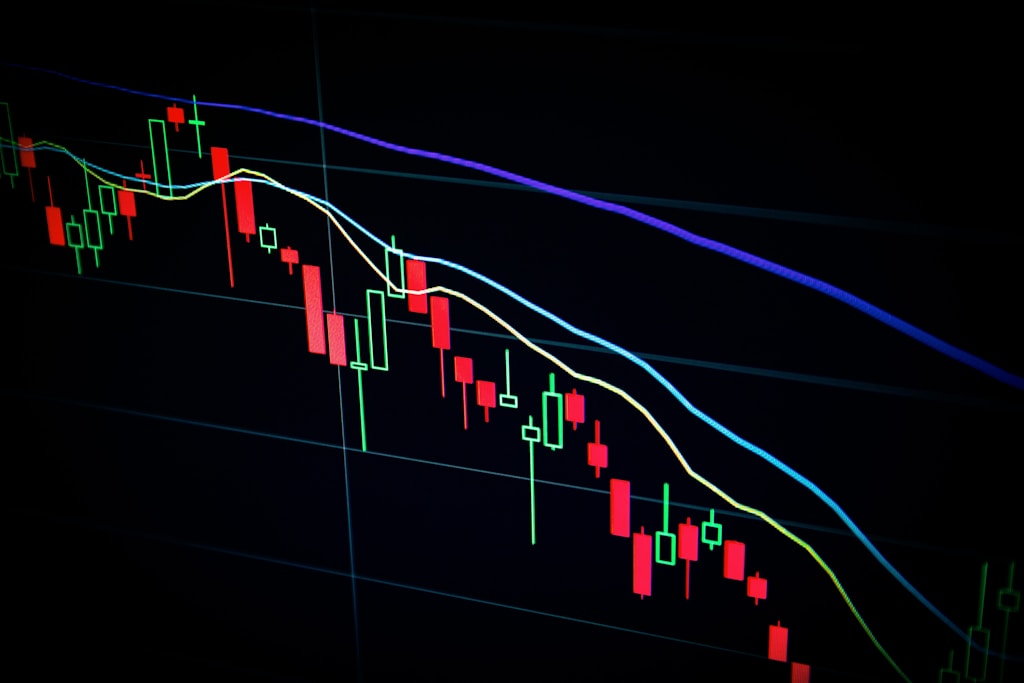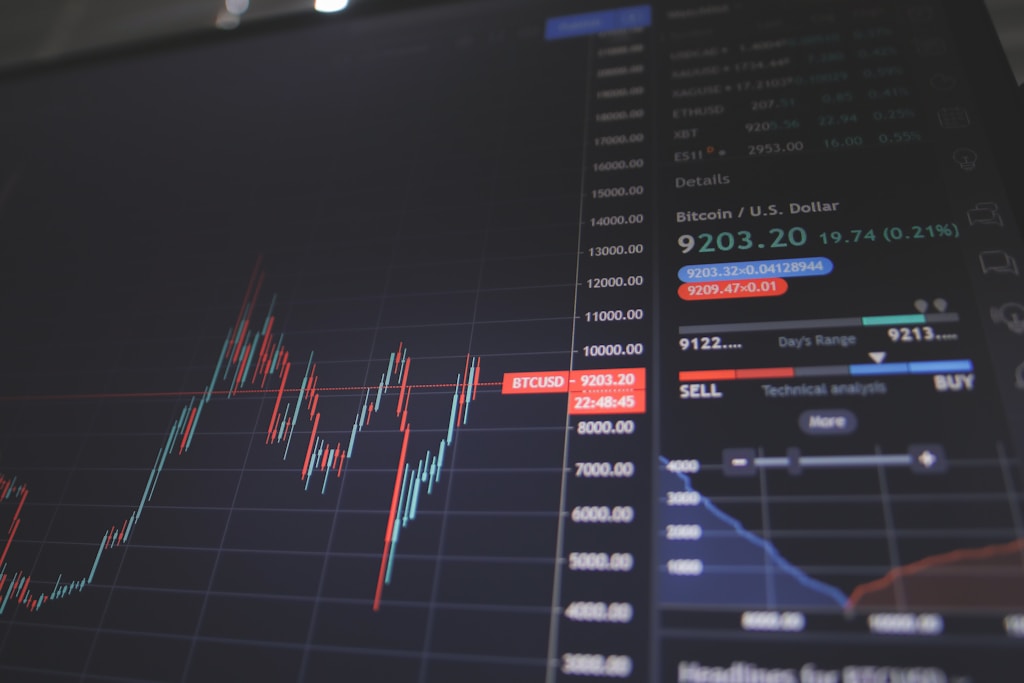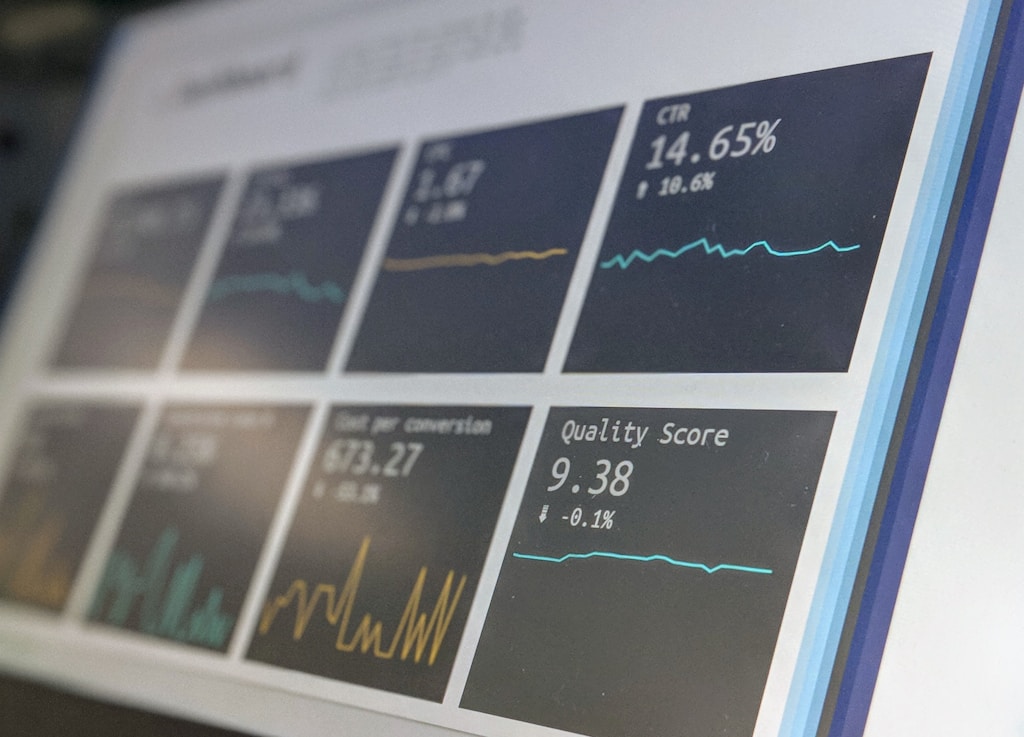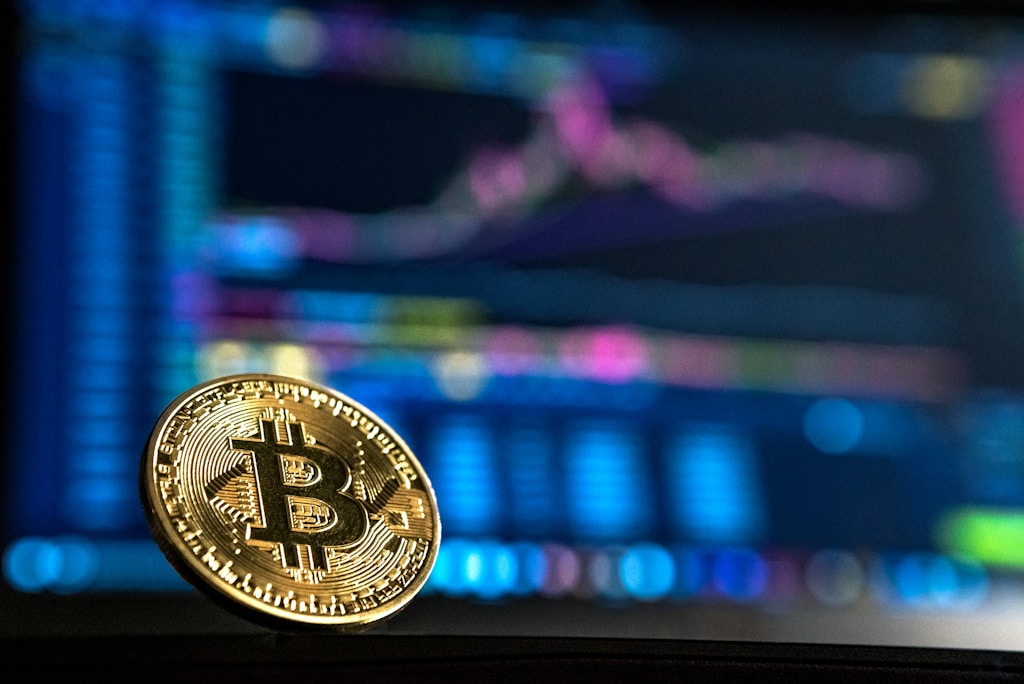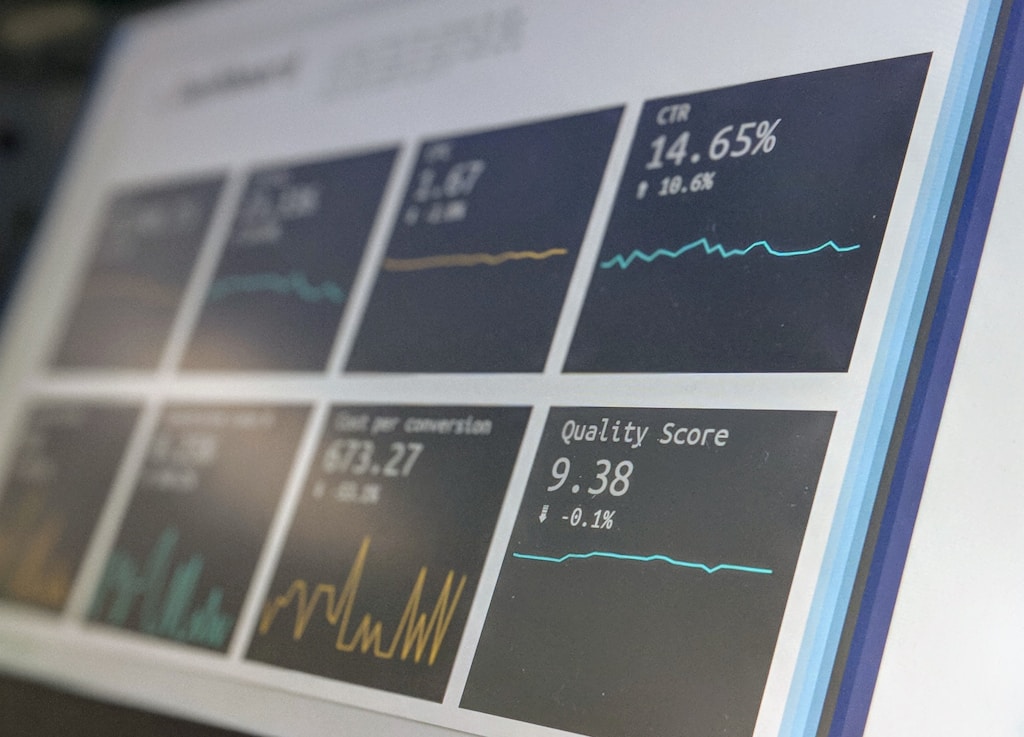Time to Read: 8 minutes
In a groundbreaking development for the cryptocurrency and sports betting industries, bookmakerXYZ has unveiled a new Web3-powered betting platform that promises to revolutionize how users interact with online sports wagering. This innovation comes at a time when crypto adoption continues to accelerate across various sectors, with betting and gaming emerging as key growth areas.
Transforming Sports Betting Through Web3 Technology
The traditional online betting experience has long been plagued by several pain points:
- Lengthy registration processes
- Invasive KYC requirements
- Slow payment processing
- Limited payment options
bookmakerXYZ’s new platform addresses these challenges head-on by leveraging Web3 technology to create a seamless, user-centric betting experience.
Key Features of the Web3 Betting Platform
| Feature | Benefit |
|---|---|
| Wallet Integration | Direct connection with crypto wallets for instant deposits |
| Smart Contract Automation | Immediate payout processing |
| Decentralized Identity | Simplified KYC process |
SPONSORED
Experience lightning-fast trades with up to 100x leverage on perpetual contracts
Impact on the Sports Betting Industry
The integration of Web3 technology into sports betting represents a significant shift in how users interact with betting platforms. This development aligns with broader trends in cryptocurrency adoption and could potentially reshape the entire betting landscape.
Frequently Asked Questions
How does Web3 betting differ from traditional online betting?
Web3 betting eliminates intermediaries, provides faster transactions, and offers enhanced privacy through blockchain technology.
What cryptocurrencies are supported?
The platform currently supports major cryptocurrencies including Bitcoin, Ethereum, and selected stablecoins.
Is Web3 sports betting legal?
Legality varies by jurisdiction. Users should consult local regulations before participating.
As the cryptocurrency ecosystem continues to evolve, innovations like bookmakerXYZ’s Web3 betting platform demonstrate the practical applications of blockchain technology in traditional industries.

